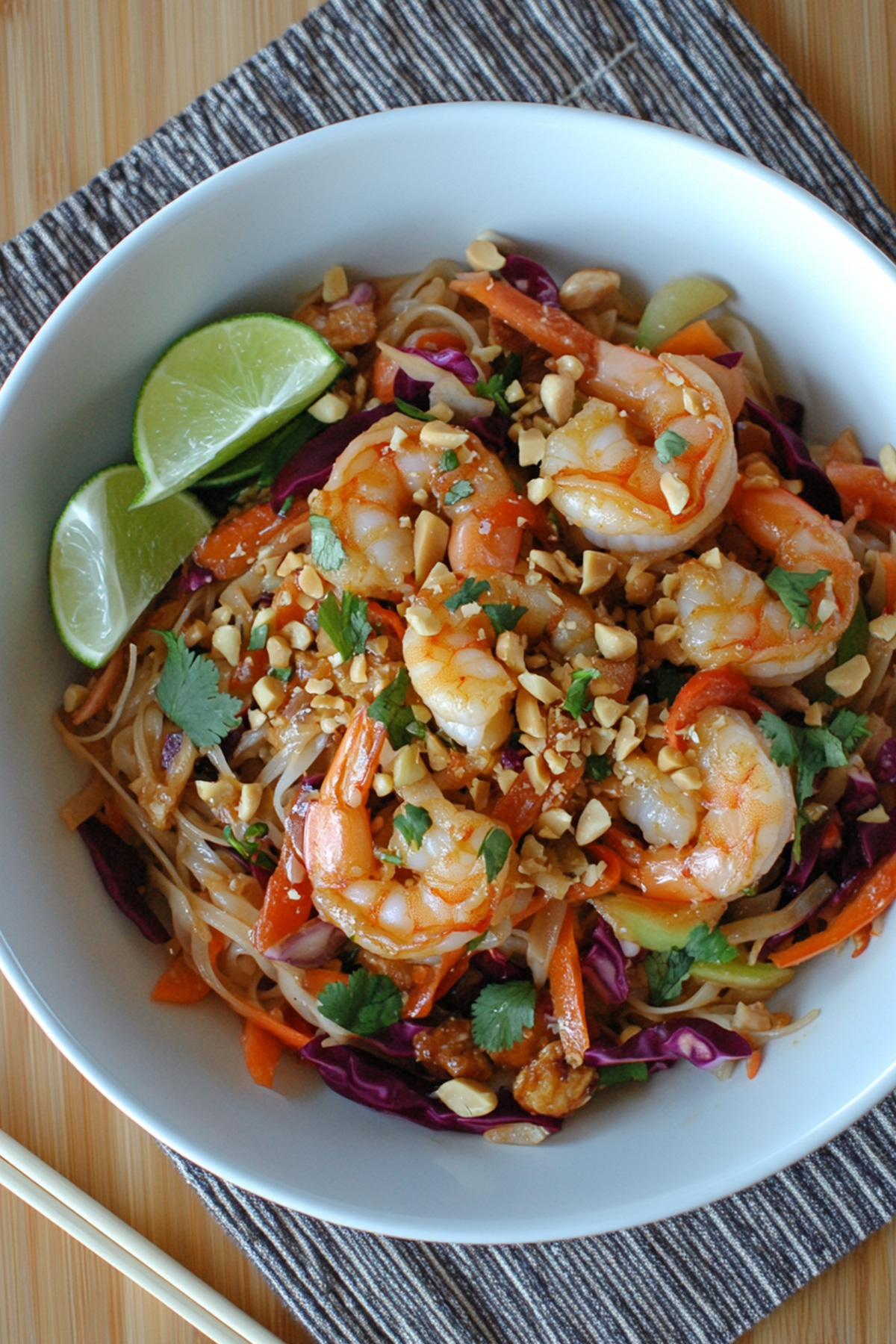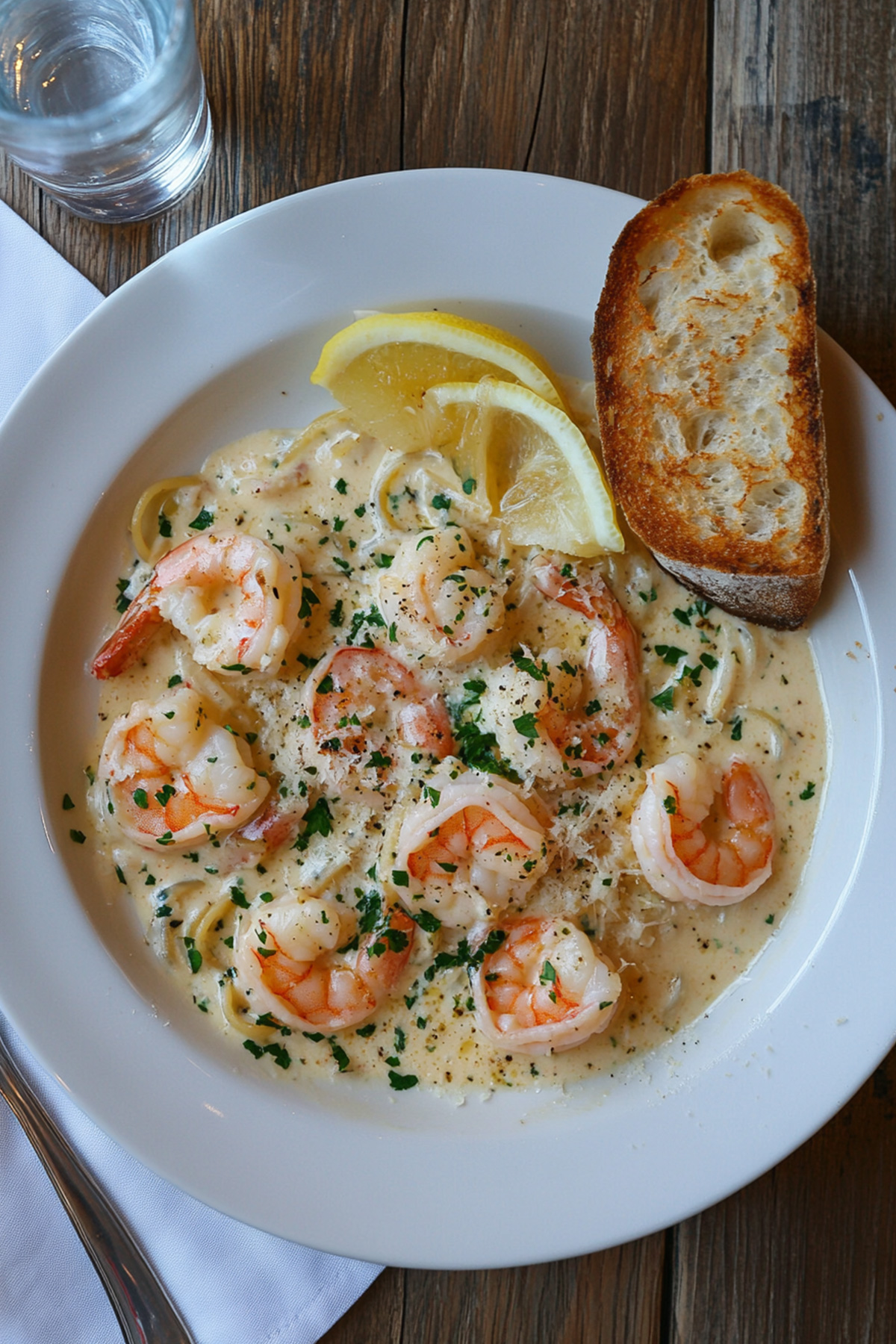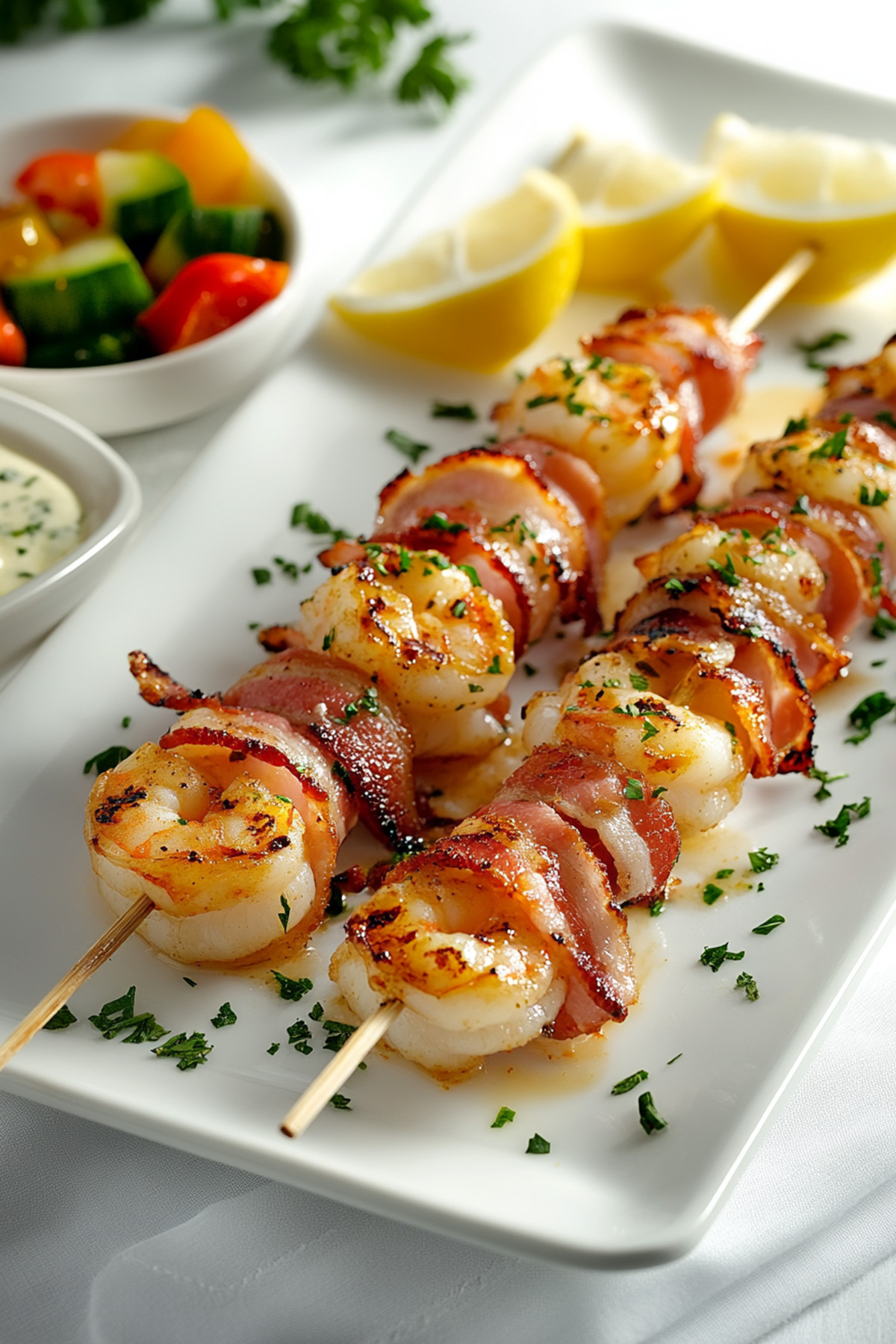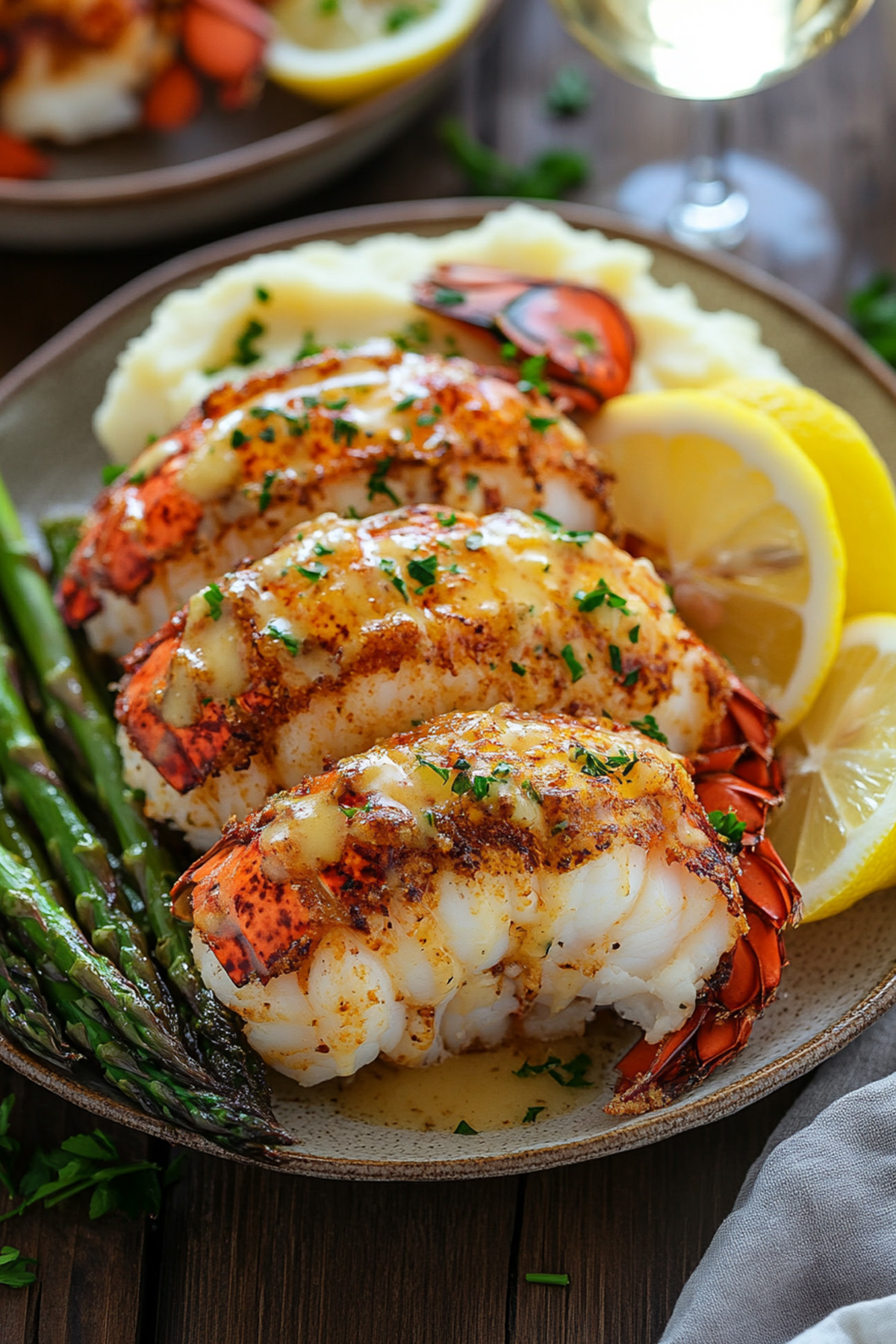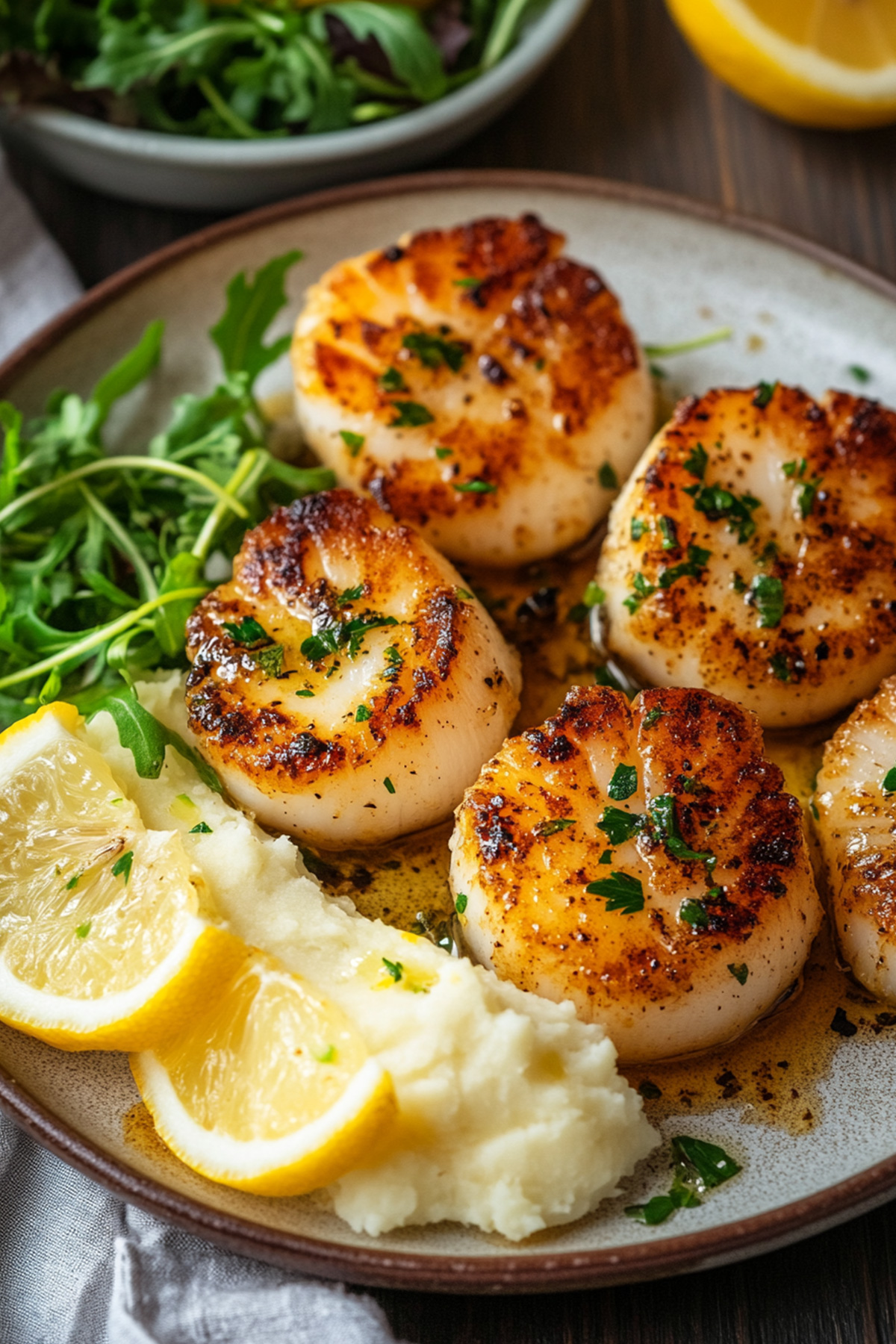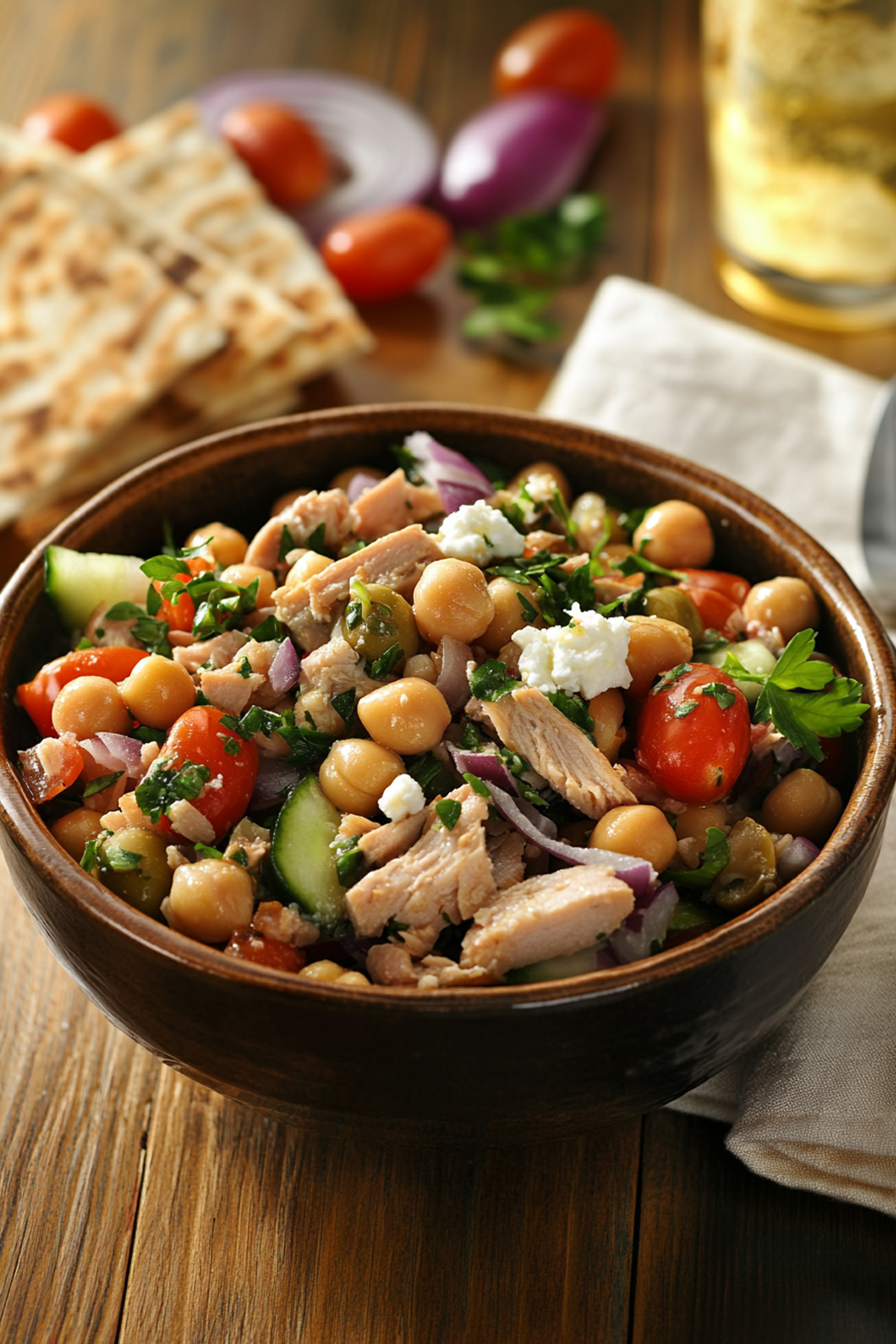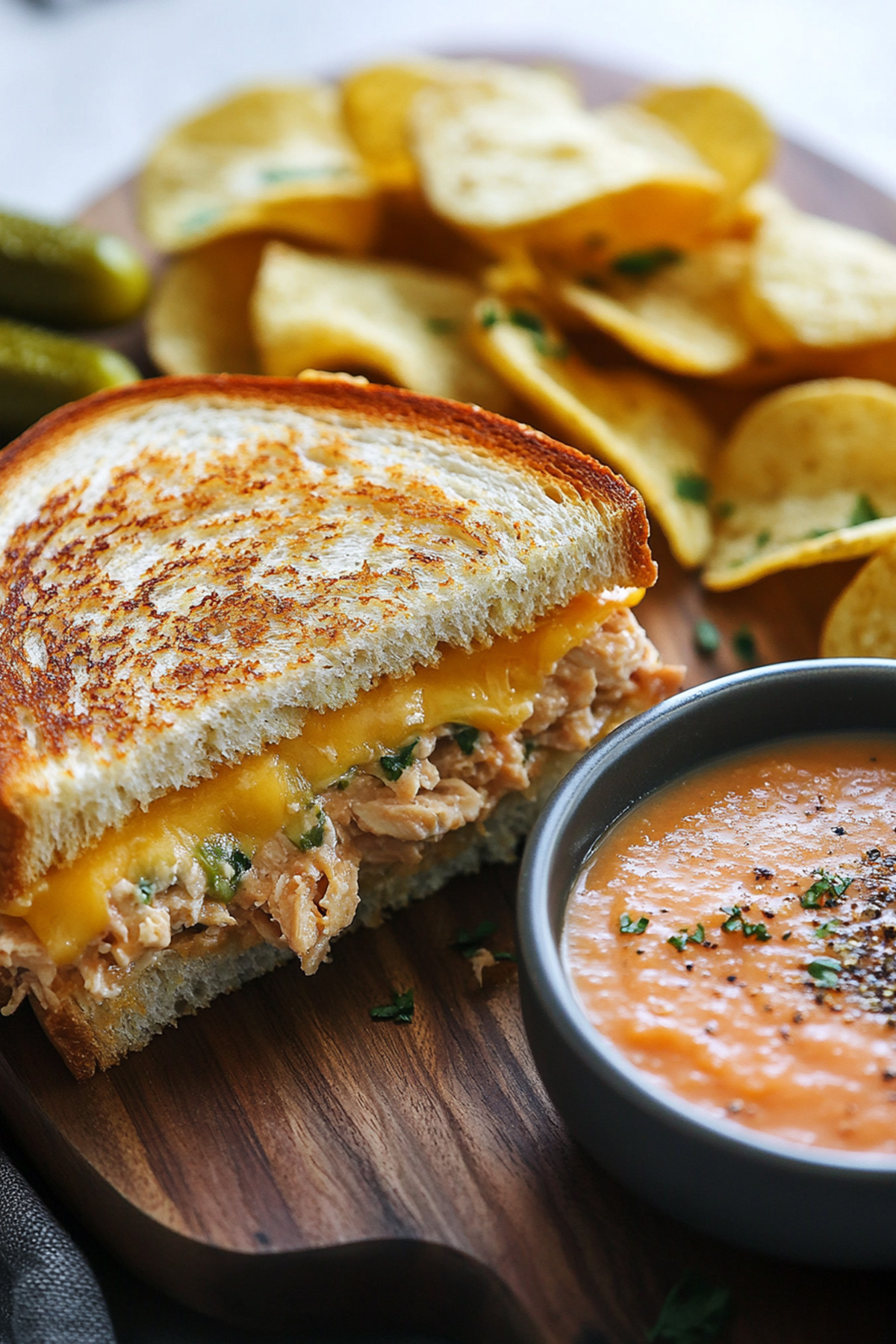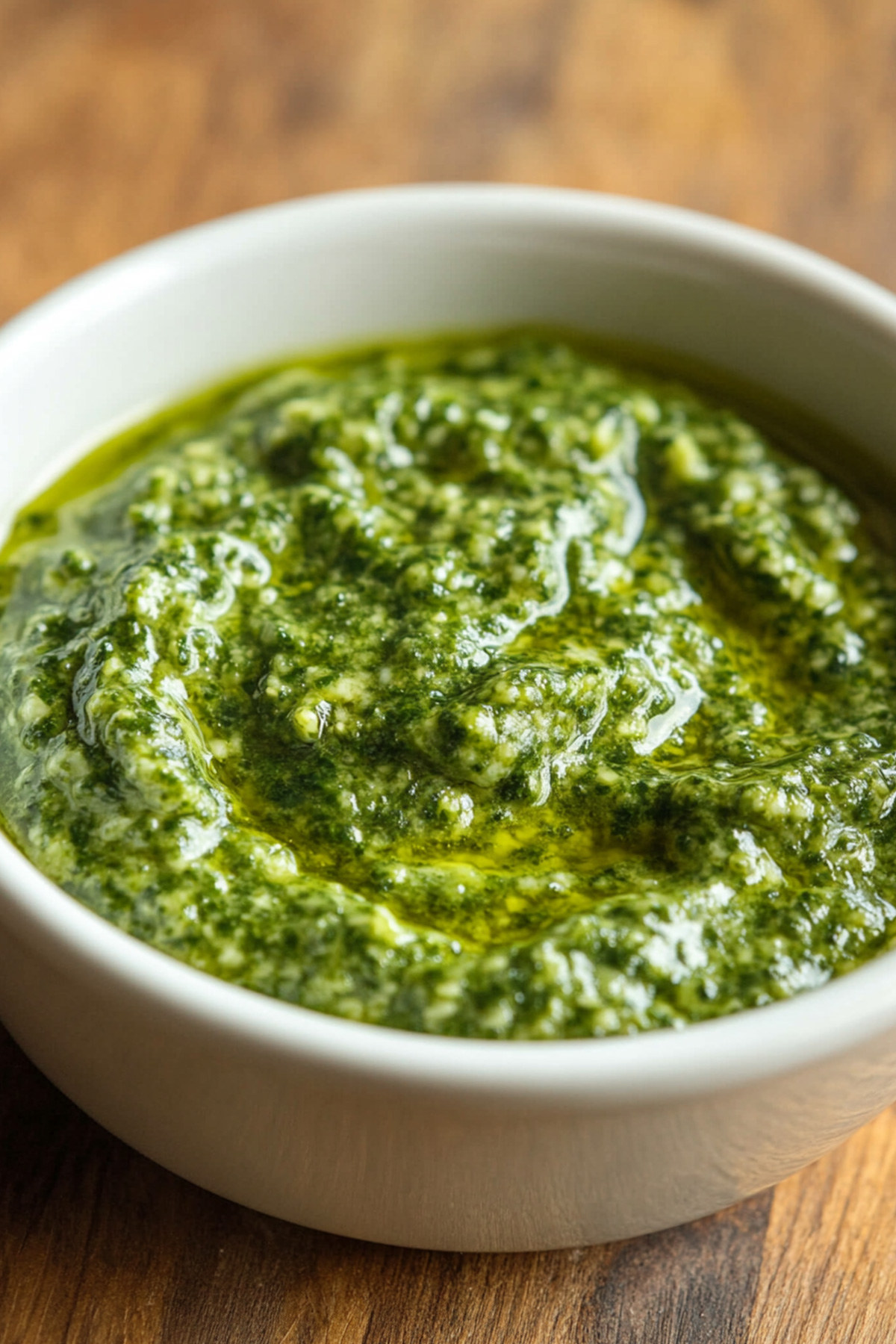Disclosure: As an Amazon Associate and participant in other affiliate programs, we earn from qualifying purchases. We only recommend products we believe will provide value to our readers.
You’ll find the perfect fried porgy fish recipe that brings authentic Southern coastal flavors to your kitchen. The dish combines a crispy coating with tender white fish that your family will love. This seafood creation lets you turn fresh porgy into an unforgettable meal with basic ingredients and tested techniques.
This complete guide will give you the skills to cook amazing porgy fish. The recipe covers everything from prep work to expert frying methods that help create restaurant-quality results at home. You’ll learn about picking the right tools and following clear steps. We’ve included common mistakes to avoid and useful tips that ensure your fried porgy comes out perfectly each time you make it.
Table of Contents
All About Porgy Fish
Let’s explore the fascinating world of porgy fish, a true hidden gem of the Atlantic waters. This remarkable fish swims from Nova Scotia down to Florida and has quite a story to tell. Known by many names – scup, sea bream, ironsides, and maiden – porgy has evolved from an overlooked species to become a prized catch for environmentally responsible seafood enthusiasts.
The porgy’s distinctive features stand out: a steeply sloping brow, silvery coloring, and a manageable size that ranges from one to three pounds. The sort of thing I love about this fish is its sweet, subtle flavor and large, tender flakes that match those of premium fish like snapper.
This fish’s growing popularity stems from more than taste – it’s a smart choice for sustainable fishing. These slow swimmers thrive in local waters, making them an environmentally sound choice for your seafood dishes. Summer months bring them in abundance, with June offering the best catches.
Porgy shows incredible versatility in the kitchen. The fish delivers consistent, delicious results whether you prepare it whole (which we’ll detail later), serve it as ceviche, or choose a simple broiled filet. Its firm texture handles various cooking methods well, while its natural sweetness appeals to any seafood lover.
Why Choose Porgy Fish for Frying
Porgy proves to be an exceptional choice to fry fish and delivers amazing results. If you’re from the Northeast, especially New York or New Jersey, you probably know about these prominent porgy fish sandwiches that locals can’t get enough of.
Let me tell you why porgy works so well for frying:
- Its mild, versatile flavor pairs perfectly with seasonings of all types
- The meat stays tender and flaky after frying
- Low carb content lets you enjoy it guilt-free
- Medium size (typically 1-2 pounds) creates perfect portions
- Natural oils boost flavor during frying
The secret to porgy’s frying success comes from its unique makeup. This delicate fish has just enough natural oils to create that perfect crispy exterior while keeping a moist, flavorful inside. Porgy responds amazingly well to high-heat cooking methods, which gives you that golden-brown crust everyone loves in fried fish.
Quick cooking at high heat works best to prepare your porgy fish. This method will give a perfect balance of natural flavors without letting oils overpower its delicate meat. You’ll end up with a crispy exterior and tender, sweet flesh that makes everyone reach for seconds.
Read also: Easy Fried Smelt Recipe
Essential Equipment for the Perfect Fried Porgy
Getting started with your fried porgy fish recipe requires the right kitchen equipment. Commercial deep fryers work best for cooking large batches, but a quality countertop fryer can work just as well in a smaller space.
Your kitchen needs these essential tools:
- A reliable deep fryer (commercial, countertop, or outdoor)
- Sturdy fry baskets that fit your fryer
- Long-handled tongs for safe handling
- Deep-fry thermometer
- Heat-resistant containers for oil storage
An outdoor model makes sense if you cook for bigger groups often. These fryers come with multiple baskets that let you fry different foods at once. The detachable tanks make transport and cleanup easier.
Your porgy’s crispy finish depends on choosing the right oil. Peanut or canola oil stand out as top choices because they handle high temperatures (350-425°F) without smoking. Corn and soybean oils can work too, but they break down faster at these temperatures.
Safety tip: Check your fry basket’s measurements against your fryer before buying. Keep your cooking space clear and use long tongs to stay safe when adding fish to hot oil.
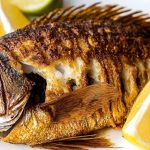
Fried Porgy Fish Recipe
- Total Time: 20 minutes
Description
This simple yet delicious recipe turns fresh porgy into an irresistible dish. The fish comes out golden and crispy on the outside and stays perfectly tender and juicy inside. The classic cooking method enhances porgy’s natural sweetness with the perfect blend of seasonings and a delightful crunch.
Ingredients
- 2 medium porgy fish (1 pound each)
- 1 cup yellow cornmeal
- 1 cup all-purpose flour
- 2 tablespoons seafood seasoning
- 1 teaspoon garlic powder
- 1 teaspoon black pepper
- Salt to taste
- High-heat cooking oil to fry
Instructions
- Clean the fish under cold water and pat it really well with paper towels.
- Cut diagonal slits about an inch apart on the fish’s both sides.
- Mix cornmeal, flour, and seasonings together in a large bowl.
- Let the oil heat up to 350°F in your fryer or deep pan.
- Cover the fish with the seasoned mixture until fully coated.
- Lower the fish into hot oil and cook it for 5 minutes.
- Turn it over with care and cook for 5 more minutes until golden brown.
- Take the fish out and let it drain on a wire rack.
Notes
Safety First: Hot oil requires constant attention while frying. Children and pets should stay away from the cooking area. Wire racks work better than paper towels to drain excess oil and keep the fish crispy.
- Prep Time: 10 minutes
- Cook Time: 10 minutes
- Category: Seafood
- Method: Frying
How to Cook Porgy Fish: Pre-Frying Preparation
The best results in frying porgy fish start with proper preparation. You’ll need a sharp filet knife and a clean cutting board to set up your workspace. Note that a well-prepared fish is halfway to a perfect dish!
Here’s your step-by-step preparation guide:
- Start descaling your porgy and work from tail to head with firm, steady strokes
- Create a small cut behind the gills with your filet knife
- Guide your knife along the belly from head to tail
- Take out the entrails and, if desired, the head
- Place the fish with its back facing up to filet
- Create long, shallow cuts along the backbone from head to tail
- Remove excess fat from the filets and clean them thoroughly
Pro tip: The bones might give you trouble. You can poach the fish in broth first and then flake out the meat. This method won’t give you perfect filets, but it works great for fish cakes or salad additions.
Porgy’s skin creates a wonderfully crispy texture during frying, so you might want to keep it on. Just make sure it’s clean and properly descaled. The sweet, tender meat makes the extra preparation effort worthwhile. Your careful prep work will enhance the dish’s texture and flavor significantly.
Master Tips for Frying Porgies
Want to lift your porgy frying game? These expert tips will help you achieve that perfect golden-brown finish every time. Temperature control is significant – maintain your oil at 375°F to get optimal results. Dark brown coloring usually comes from overcooked fish or aging oil rather than temperature problems.
These game-changing tips will give you perfectly fried porgy:
- Your oil should stay fresh and clean between batches
- The basket should never be overcrowded – cook in small batches
- Breaded fish needs a brief rest before frying
- The breading should be pressed gently onto the fish for better adhesion
- Excess flour must be shaken off before frying to prevent burning
The parchment paper trick will be your secret weapon that delivers perfectly crispy skin. A piece of parchment paper in your pan, with a touch of oil and fish laid on top, prevents sticking and gives even cooking results.
Note that your fish’s first side takes about 80% of the cooking time, so don’t flip too early. The fish will tell you it’s ready to turn at the time it starts floating or sliding easily on the parchment. Medium-high heat works best initially, but careful adjustments help maintain that perfect cooking temperature for consistent results.
Common Mistakes When Making Porgy Fish Fried
Cooking crispy fried porgy fish can challenge even seasoned chefs. Let me share some common issues that might keep you from achieving that perfect crunch.
Incorrect oil temperature stands out as your biggest enemy when frying porgy. Your fish turns soggy because the oil isn’t hot enough. While 360°F works for other dishes, you need to keep it at 375°F to get that perfect crispy porgy.
These mistakes can ruin your dish:
- Overcrowding your fryer with too many pieces
- Using wet fish before coating
- Applying too thick a layer of batter
- Letting coated fish sit too long before frying
- Not allowing oil to return to temperature between batches
The moisture trap can sneak up on you quickly. You need to pat your porgy really dry before coating it. Any extra moisture creates steam under the coating and ruins that crispy exterior you’re after.
A game-changing tip about draining: don’t leave your fried porgy on the same paper towels too long. Move it to fresh paper towels after the first 15-30 seconds of draining. This simple trick keeps the bottom crispy instead of steamy.
Oil temperature recovery makes a big difference. Your oil needs time to bounce back between batches. Rushing the process by adding more fish before the oil heats up again will give you disappointing results.
Health Benefits of Porgy Fish
Want a healthy addition to your diet? Porgy fish’s nutritional profile will make you smile. This seafood superstar delivers amazing health benefits that make it an excellent choice for your weekly menu rotation.
Here’s what makes porgy a nutritional powerhouse:
- Niacin and phosphorus boost energy metabolism
- Vitamins B6 and B12 in abundance
- Selenium serves as a significant antioxidant
- Protein-rich (20.5g per 100g serving)
- Low sodium and fat content naturally
Porgy stands out with its impressive protein content and light caloric profile – each 100-gram serving contains just 100 calories. People watching their carbohydrate intake will appreciate that porgy contains zero grams of carbs, making it ideal for dietary plans of all types.
Your health isn’t the only beneficiary of this choice. The National Marine Fisheries Service’s Northeast Fisheries Science Center confirms that porgy populations remain stable and not overfished. This eco-friendly option lets you enjoy your fried porgy fish recipe with peace of mind.
Reference: EatThisMuch
Nutritional Information
The nutritional content of your fried porgy fish recipe deserves a closer look. A standard serving (3 oz or 85g) of fried porgy gives you a protein-packed meal that stays light on calories.
Here’s what you’ll find in your perfectly fried porgy:
| Nutrient | Amount | Daily Value |
|---|---|---|
| Calories | 89 | – |
| Protein | 16.1g | 32% |
| Total Fat | 2.3g | 3% |
| Cholesterol | 44mg | 15% |
| Sodium | 36mg | 2% |
Your fried porgy packs essential nutrients, especially with selenium (giving you 77% of your daily needs) and vitamin B12 (56% of daily value). The fish also delivers healthy amounts of phosphorus (25% DV) and niacin (22% DV).
This fish stands out because of its protein-to-calorie ratio – you get 16 grams of protein with just 89 calories. Your cooking method adds some extra calories and fat, but you can manage this by using the right frying techniques that we covered in our recipe section.
Note that these values apply to the fish alone – your final nutritional content changes based on your coating and oil choices. The best results come from following the recommended cooking temperatures we shared in the frying tips section to keep oil absorption low.
Best Side Dishes for Your Porgies Recipe
A perfectly fried porgy needs the right side dishes to shine. Let me share some amazing accompaniments that will elevate your meal – from comforting classics to lighter options.
Classic Comfort Sides make your fried porgy truly special. The crispy coating pairs wonderfully with golden-brown hush puppies, and a homemade tartar sauce adds that tangy kick we all love. Your meal becomes a Southern feast when you add buttery cornbread or old-fashioned mac and cheese with a hint of ground mustard.
The lighter options can be just as satisfying with your porgy recipe:
- Sautéed zucchini disks with fresh herbs
- Herbed peas with dill and chives
- Crispy baked sweet potato chips
- Asian-inspired zippy slaw with lime
Regional Inspirations add unique flavors to your table. The Great Lakes region serves porgy with rustic rye bread and crispy potato pancakes. British cuisine offers two delicious options – traditional mushy peas or a lighter version with dill and chives.
Sauce It Up with something different. Traditional tartar sauce works great, but you might love a zesty fry sauce. Mix mayo, ketchup, and your favorite spices to create this versatile condiment that complements both your fried porgy and crispy sides perfectly.
Storage and Reheating Guidelines
Your delicious fried porgy will stay fresh and enjoyable over the next few days with proper storage. Keep your leftover fish fresh by storing it in an airtight container or wrapping it tightly in aluminum foil. The fried porgy will stay good for up to 3-4 days at the time it’s refrigerated at 40°F or below.
You have several excellent options to reheat your porgy:
- Oven Method (recommended): Preheat to 350°F, cover with foil, heat for 10-15 minutes
- Air Fryer: Set to 320°F for 3-4 minutes per side
- Skillet: Low heat with a touch of oil, covered, 2-3 minutes per side
- Toaster Oven: 350°F for 8-10 minutes
Pro tip: A 5-minute rest at room temperature will give a more even warming throughout your fried porgy. Make sure your reheated fish reaches an internal temperature of 145°F safely.
The best results come from thawing your frozen porgy gradually in the refrigerator overnight. Need a quick thaw? Simply place the sealed fish in cold water and change the water every 30 minutes until thawed. Skip the microwave – it might seem convenient, but you’ll end up with soggy fish that doesn’t match your perfectly fried porgy’s original taste.
Regional Variations of Fried Porgy
Porgy fish preparations showcase fascinating local flavors and traditions worldwide. In New York, the fishing culture runs deep, and porgy has become a prized catch among food enthusiasts. Local fish markets are famous for their crispy coated version.
These distinctive regional preparations are worth trying:
- Greek-style preparation featuring lemon, herbs, garlic, and white wine
- Southern classic with cornmeal coating and hot sauce
- Caribbean-inspired versions incorporating local spices and herbs
- Mediterranean preparations emphasizing olive oil and fresh herbs
Greek restaurants often highlight whole roasted or grilled porgy on their menus. The Mediterranean’s approach brings out the fish’s natural sweetness through simple combinations of herbs and citrus.
Southern cooking’s heart beats strong with porgy prepared through traditional techniques passed down through generations. The fish stands out in African American coastal communities. They coat it in cornmeal and serve it with sliced white bread and hot sauce – a perfect balance of texture and flavor.
Regional porgy preparations tell stories of cultural heritage and local traditions. Each preparation method adds its own chapter to this versatile fish’s rich story, from New York’s bustling fish markets to the Mediterranean’s sun-soaked shores.
Seasonal Considerations for Porgy Fish
Looking to catch and cook some porgies? The right timing makes all the difference to catch these tasty fish! These seasonal swimmers follow patterns that help you plan your perfect fishing trip or market visit.
Peak Season Highlights:
- Best fishing begins in June through September
- First catches appear in late April to early May
- Prime fishing action peaks in June
- October marks offshore migration
Porgies swim inshore during spring and summer months. You can catch them from shore or boat. These fish become available in coastal waters by May and stay until October. Summer gives you the best chance to try that perfect fried porgy fish recipe.
Here’s a seasonal secret: You can catch porgy throughout the year, but warmer months give you better results. These fish group into larger schools as fall approaches and move to deeper offshore waters. June is the sweet spot to land the best catch.
Different regions have specific regulations. Some areas start their open seasons on May 1st. Your success in porgy fishing depends on knowing these seasonal patterns, whether you fish from shore or boat.
You may like: Zatarians Fish Fry Recipe
Conclusion
Becoming skilled at frying porgy fish lets home cooks create a delicious, versatile dish that matches restaurant quality. The right preparation techniques and temperature control turn this humble fish into golden-brown perfection. Porgy’s sweet, flaky meat tastes best with proper seasoning and coating, which makes it perfect for family dinners and special occasions.
Porgy fish is a smart choice for health-conscious and environmentally aware consumers. This eco-friendly fish offers protein and nutrients while staying available and affordable in peak season. Traditional Southern methods or Mediterranean-inspired techniques make porgy a valued ingredient in various cultures and regions.





